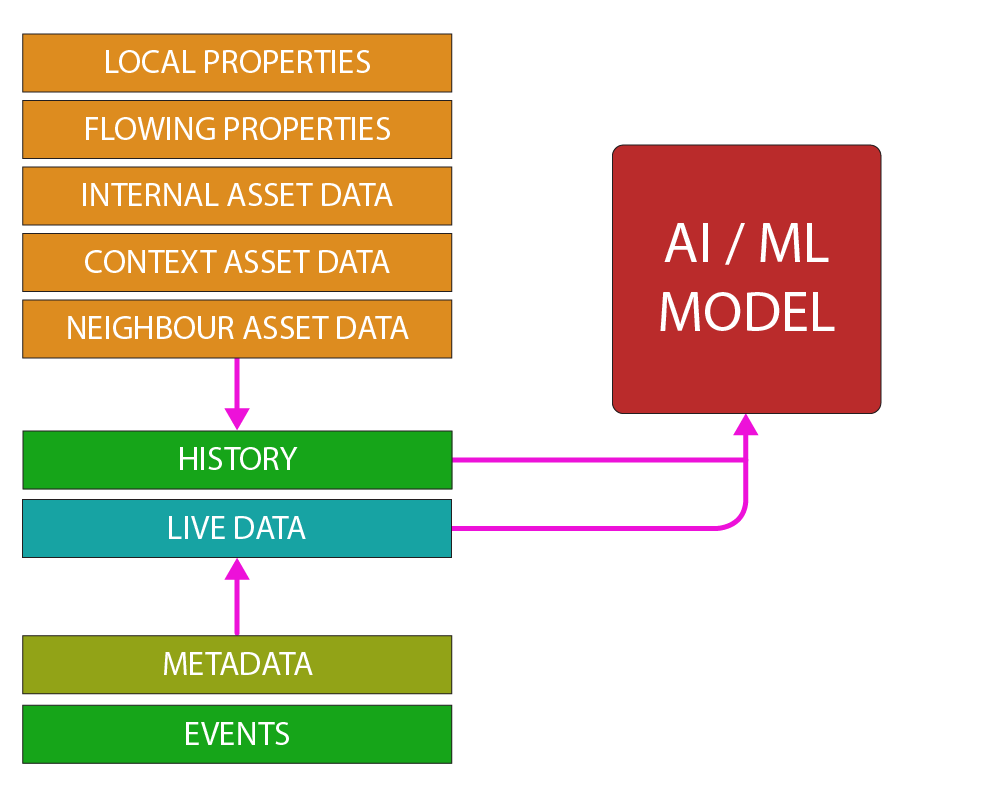What Is Cognition?
Cognition is a set of tools used to quickly create Machine Learning applications using ARDI data.
There are several parts of the Cognition system, depending on your needs and the complexity of the AI you’re trying to create.
Simple Interactive AI Editor
The main Cognition addon provides a user-friendly, web-based mechanism for making simple, single-output machine learning systems.
These are used to perform simple analytics, such as…
- Detecting machine abnormality,
- Modelling a instantaneous value,
- Turning manual measurements into virtual sensors or
- Classifying common machine states
These models are fairly basic in what they can achieve, but they’re easy to produce and deploy – even for people with no knowledge of machine learning systems.
They are simple enough to both build and train directly on the ARDI server, so they can be created by anyone without the need for any special tools.
Complex Models
ARDI supports significantly more complex models – but as complexity increases, so does the time and computing power it takes to create your models.
For these applications, ARDI has command-line and Python-based tools to help you build TensorFlow and PyTorch ML models using data that can be extracted directly from an ARDI server, or exported from site and brought back to a suitable system for AI training.
Although you can use ARDIs existing APIs to perform these tasks, our pre-made Cognition libraries automate the majority of the steps needed to create models from raw data. In particular, there are very powerful modules used for…
Time-Series Analytics
Some values are easy to model – such as the vibration on a machine. In most cases, you can simply look at what is happening right now (ie. the speed of the motor, amount of torque etc.) to predict what the level of vibration should be.
But some values are significantly more complex and need recent history to be taken into account. These are particularly effective if you need to deal with time – such as catering for the effects of lag, or predicting a future state.
Our libraries include simple methods of producing LTSM neural network models to build solutions that let you go beyond ‘now’ and into the future.
Digital Twin ML Models
The phrase digital twin is abused and misused – but our DNN Digital Twin models are the closest we’ve seen to a true digital twin without spending extraordinary amounts on system simulation.
These models learn how your assets operate, and create a side-by-site model of your running equipment, mirroring each of the sensor values your assets have.
When discrepancies appear between the modelled and real-life values, we can raise alerts.
These models have a number of advantages…
- The highlight a wide range of abnormal machine states, not just those conditions you’ve made alarms for,
- They take overall context into account – alert thresholds dynamically change depending on process conditions. You’re alerted to problems significantly sooner, rather than waiting for your hard limits to be exceeded or having excessively noisy alerts.
- Digital Twin models can explain what the problem is (ie. temperature too high), which many other techniques fail to do.
